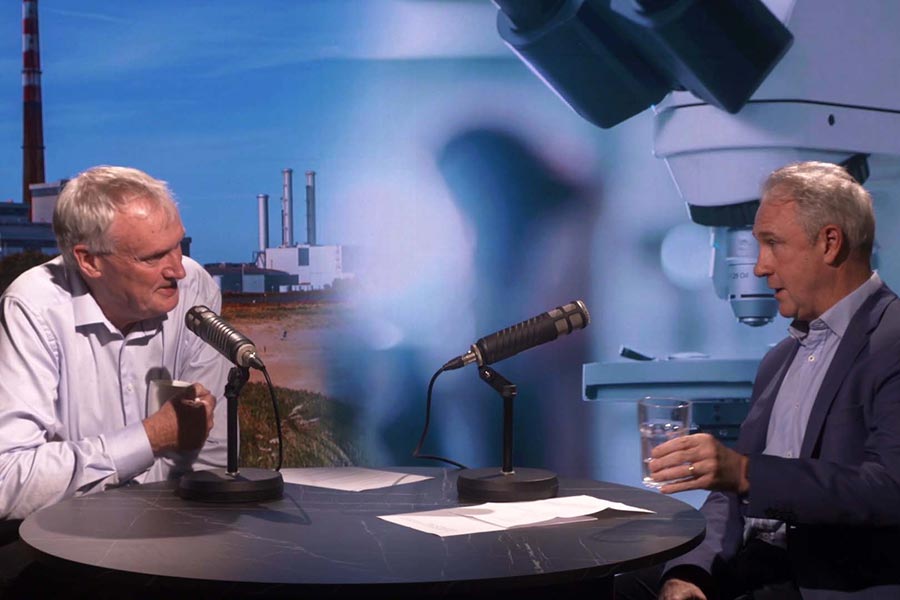The manufacturing sector saw an increase in new orders for the first time in nine months in February while employment continued to rise, according to the latest AIB Ireland manufacturing purchasing managers' index (PMI).
The headline PMI measured 51.3 his month, up from 50.1 in January and above the 50.0 no-change mark as the industry expanded for the second consecutive month. The improvement was mild, however, and subdued in comparison to the long-term average.
"By contrast, the flash manufacturing PMIs for the US, Eurozone and UK remained in contraction territory in February, at 47.8, 48.5 and 49.2, respectively, pointing to ongoing declines in manufacturing activity in those economies," said Oliver Mangan, chief economist at AIB.
The upturn in new orders was the first since last May and linked to improved underlying demand, although overseas demand full further this month and at the sharpest pace since May 2020.
Output improved month-on-month while the increase in employment was the third in as many months and the largest for eight months. The survey found planned company expansions were a factor in the increased recruitment.
Production volumes across Irish manufacturing stabilised in February, with some firms registering output growth crediting increased order inflow. Others that saw a reduction attributed it to historically subdued demand.
Backlogs of work fell at the sharpest pace since June 2022, and stocks of finished goods accumulated slightly in February, again due to muted demand.

Firms chose to adjust input buying in line with quieter business conditions seen in the past few months, with purchasing activity down for the seventh time in the past eight months and at the quickest pace since November.
However, there was a sustained but softer expansion in holdings of raw materials and semi-finished goods.
Average lead times lengthened in February following the slight improvement in January. The extent of lengthening was significantly lower than rates recorded over much of the past three years.
Pricing pressures came further off the boil midway through the first quarter of the year, rates of input price and output charge inflation slowing from the preceding month to reach 26- and 23-month lows, respectively.
In both cases though, prices rose at paces above their historical averages. Anecdotal evidence suggested that higher prices across a broad range of inputs continued to be partly passed on to clients in the form of higher selling prices.
Mangan said that firms reported "further increases in raw material, energy, transport and labour costs, which they are passing on in higher selling prices to customers."
Looking ahead, Irish manufacturers were upbeat due to widespread hopes of a general improvement in market conditions.









